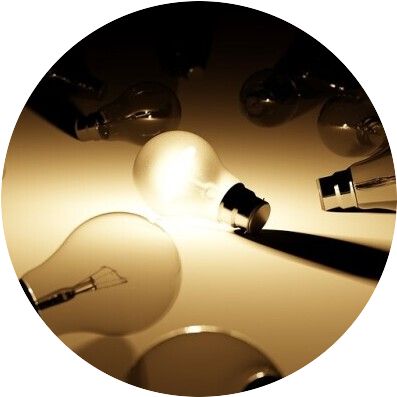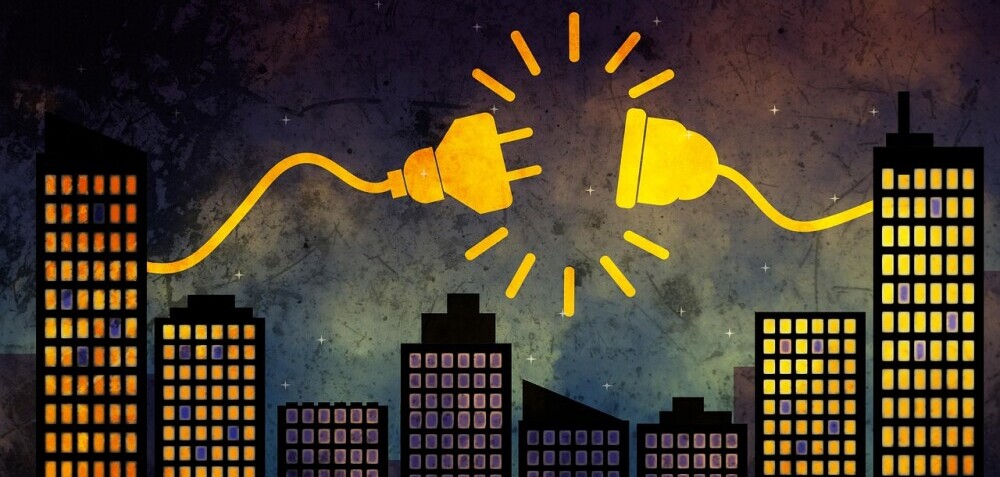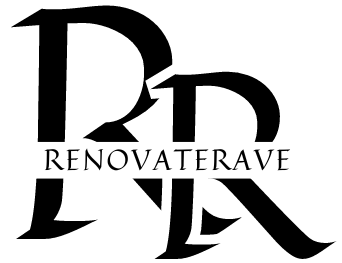Energy bills can be a bit wild sometimes, right? Especially if you are living in a place with extreme temperatures either on the cold or hot side and if you live in a place where the temperature swings from stupid melt your feet on the sidewalk, to your snot freezing before it hits the ground! Those bills are as wild as a herd of deer running across the highway.
Many homes, especially those built in the 1960’s, and older weren’t exactly designed with energy-saving in mind. Even some of our knowledge from 1970, 80 and 90’s have been updated or better products have become available since then. So, when we think about making places more energy-efficient, there’s real potential to not only cut those bills down but also reduce that carbon footprint, which feels good, too.
I know I am not the only homeowner sitting here going “where is all my energy going” to be perfectly honest it’s all over the place. There’s your heating and cooling systems, appliances like fridges and washers, windows and would you believe it, even the insulation found in your walls attic and crawl spaces, not to mention lighting and gadgets and all the extra little do-dads everywhere. When they all add up, they create a significant chunk of what you’re paying for each month—not to mention extra strain on the environment. It’s kind of like leaving the faucet on just a little—it doesn’t seem like much at first, but it adds up more than you’d expect.
Especially in older homes, energy waste is often hidden right under your nose. Older windows without proper sealing? Check. Insulation that’s seen better days? Yep, that’s another one. Even outdated heating and cooling systems might be cranking away inefficiently, stealing your hard-earned cash. And fixing these areas is the first step to a happier, healthier living space.
Understanding what makes energy efficiency crucial doesn’t just stop at personal savings. It extends to broader environmental benefits. Less energy consumption means fewer resources used by power plants—lowering emissions and contributing to a cleaner world for everybody. Plus, enhancing energy efficiency adds value to your home when it hits the market. Everyone’s looking for savings, and an efficient home is a pretty attractive catch in today’s market.
Top Cost-Effective Strategies to Enhance Energy Efficiency
 If your energy bills are getting out of hand, consider tackling it with some budget-friendly moves. Start by swapping out those old-school bulbs for LED lighting. This shift alone can save a chunk of change and last much longer too. They give off good vibes with less power. Trust me, it’s one of the simplest shifts you could make.
If your energy bills are getting out of hand, consider tackling it with some budget-friendly moves. Start by swapping out those old-school bulbs for LED lighting. This shift alone can save a chunk of change and last much longer too. They give off good vibes with less power. Trust me, it’s one of the simplest shifts you could make.
Then there’s the whole situation with older appliances. Picture your electricity-hogging fridge from another decade. Upgrading to the latest Energy Star-rated devices could make a significant dent in your energy consumption. Most modern appliances come designed to be greener and more efficient. Sometimes they even have nifty features like smart settings to optimize use.
Don’t underestimate the power of small fixes around the house either. Sealing leaks with a little weatherstripping and caulking can vastly improve efficiency. Many older homes have these sneaky gaps, letting out all that cozy heat in winter or cool air in summer. It’s like plugging up a leaky bucket—well worth it for the comfort gains alone.
Insulation is another major player. Think walls, attics, basements. Beefing up the insulation can make your home feel more snug and save quite a bit on heating and cooling. Materials today are leagues ahead of what was used in the past. If you focus on common trouble spots, you could see an instant payoff. It’s a move that brings comfort and savings together in a nice bundle.
Harnessing Renewable Energy Sources for a Greener Home
Let’s talk about chasing those bigger efficiency dreams with renewable energy. Installing solar panels on your home isn’t just about going green—it’s about going smart. Sure, it requires an upfront investment, but over time, it can slash electricity bills significantly. Plus, with tax incentives available in many regions, the barrier to entry might not be as high as you think.
If you’re contemplating how to keep your older home cozy all year round, geothermal systems might be a game-changer. They use the earth’s steady underground temperature to heat and cool your home, which could be ideal for homes struggling with traditional HVAC systems. Though the installation could be a tad more involved, the long-term savings and efficiency gains can make it a worthy consideration.
How about leaning into the wind? It’s not just for big farms anymore. Small-scale wind turbines have become a viable option for homeowners with enough breeze and space. Of course, local zoning laws and wind availability will need a check, but when it’s viable, it offers another great way to reduce reliance on conventional energy.
The beauty of these renewable solutions extends beyond just saving on electricity. Each of these systems contributes to a better home environment—healthier air, consistent temperatures, and most importantly, a lower impact on our planet. Evaluating the return on investment from these installations isn’t just about costs, but the long-term benefits on your lifestyle and home value as well.
Maintenance and Lifestyle Changes to Sustain Energy Efficiency
Keeping your home energy-efficient isn’t just about one-off upgrades; it’s about aiming for long-lasting habits. A regular maintenance routine can work wonders. Cleaning furnace filters and tuning up your HVAC system ensure everything runs smoothly and efficiently. Even small steps, like regularly defrosting your freezer, help maintain peak performance and save energy.
Embracing smart home technology isn’t just for gadget lovers anymore. Smart thermostats adjust to your schedule, keeping the house comfortable while saving energy when you’re away. Smart plugs can also cut down on energy waste by ensuring devices aren’t on standby sipping power all day.
Living a more energy-conscious lifestyle can be as simple as remembering to turn off lights when you leave a room or unplugging chargers that aren’t in use. Raising awareness with everyone in the house about these small actions will contribute to regular savings. Making it a group activity or a little competition can even make it fun.
Don’t forget about ‘phantom power’—energy that’s used even when appliances and devices are turned off. Unplugging these gadgets when they’re not in use or using power strips to easily cut off power to groups of electronics can help mitigate this hidden power drain. Little lifestyle tweaks can pack a big punch for your energy bills—and let’s be real, every bit counts.


Great post, Becky! You hit the nail on the head—energy efficiency is one of those things we don’t always think about until the bills start piling up or the house just never seems quite warm or cool enough. I really appreciate how you broke everything down into manageable and practical steps. Swapping out light bulbs and sealing drafts may sound small, but they truly make a big difference, especially in older homes like mine. I’m also glad you touched on renewable energy like solar and geothermal—definitely something I’ve been considering more seriously lately. Plus, the lifestyle habits section was a great reminder that it’s not all about big upgrades; sometimes just being mindful can lead to real savings. This post is full of actionable ideas, and I’ll definitely be bookmarking it to come back to. Thanks for such a thoughtful and helpful guide!
Thank-you for your comment andrejs! I am currently in my second summer season with my home and I have found these little things really do make a world of difference! I am also currently looking into beefing up the insulation game for my living room so that is gunna be fun!